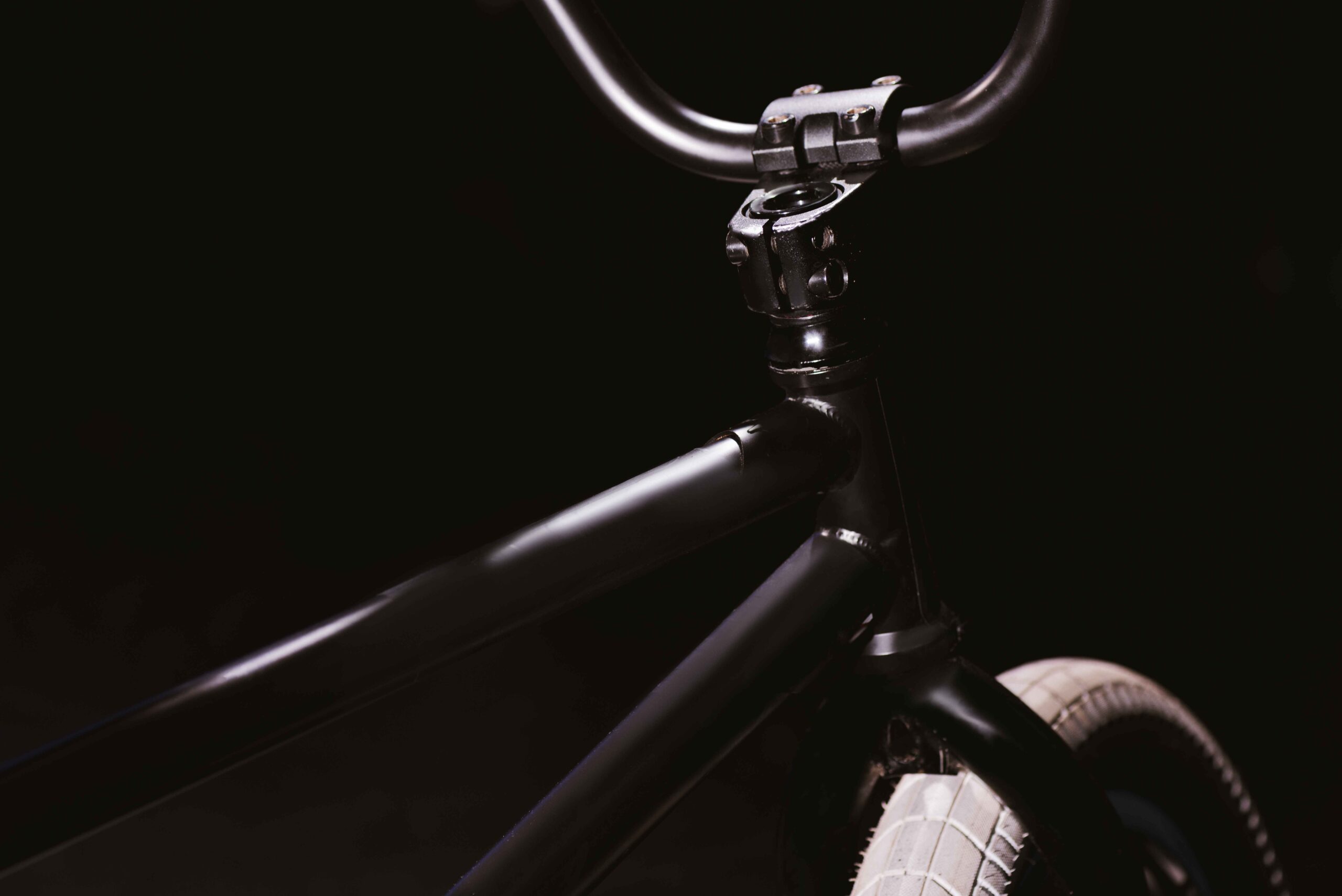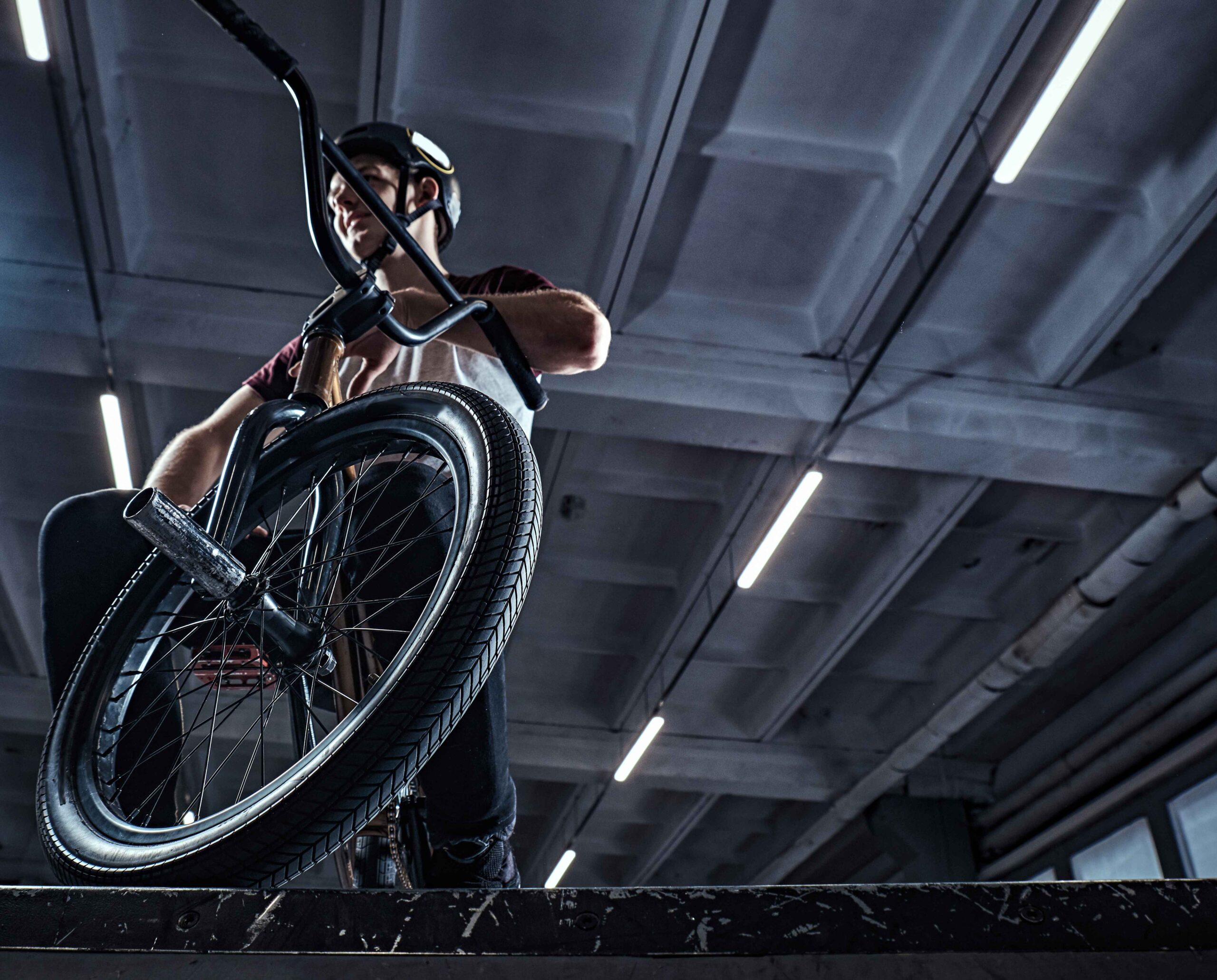The Ultimate Guide to BMX Bikes & Racing
BMX bikes are built for speed, tricks, and adrenaline-fueled action. Originally inspired by motocross, BMX (short for bicycle motocross) has grown into a worldwide phenomenon, attracting riders of all ages.

Types of BMX Bikes
Not all BMX bikes are the same. Depending on your riding style, you’ll need a bike designed for your specific discipline. Here’s a breakdown of the most popular BMX bike types:
- Racing BMX – Built for speed, these bikes have lightweight aluminum or carbon fiber frames for fast acceleration. They come with knobby tires for grip and rear brakes for controlled stopping.
- Street BMX – Designed for urban riding, these bikes are built with strong frames to handle jumps, grinds, and stair sets. Most riders remove brakes to allow for smooth handlebar spins.
- Park BMX – Made for skateparks and ramps, these bikes are lighter and feature smooth tires for better control. Riders often customize their setups for bar spins and tail whips.
- Dirt BMX – Ideal for jumping and trail riding, these bikes have wider, treaded tires for better traction on loose surfaces.
- Flatland BMX – Built for balance tricks, these bikes have unique frame geometry to help riders perform spins and stunts while stationary.
BMX Racing
BMX racing is an intense, fast-paced sport where riders compete on dirt tracks filled with jumps, berms, and sharp turns. The goal? Cross the finish line first!
Races take place on tracks around 400 meters long, with riders sprinting at full speed while maneuvering over obstacles. This sport demands explosive power, balance, and razor-sharp reflexes.
Since its Olympic debut in 2008, BMX racing has gained even more global recognition. Competitions are held at local, national, and international levels, with elite riders competing for championship titles.

Freestyle BMX
Freestyle BMX is all about self-expression and pushing the limits. Here are some of the most exciting BMX freestyle disciplines:
- Street – Grinding rails, jumping stair sets, and pulling technical tricks on urban obstacles.
- Park – Riding ramps, bowls, and halfpipes to perform high-flying stunts.
- Vert – Taking on massive vertical ramps to launch into the air and land big tricks.
- Trails – Flowing through dirt jumps with stylish maneuvers.
- Flatland – Using balance and control to perform spins, hops, and intricate stunts on flat surfaces.
How to Choose the Right BMX Bike?
If you’re new to BMX, finding the right bike can feel like a challenge. With so many different styles, materials, and features, it’s important to choose one that suits your riding goals. The first thing to consider is the frame material. Aluminum frames are a popular choice for BMX racing because they are lightweight and built for speed, while chromous steel frames are stronger and better suited for freestyle tricks and street riding.
Wheel size also plays a role in performance. Most BMX bikes have 20-inch wheels, but some riders prefer cruiser BMX bikes with 24-inch wheels for a smoother ride. Brakes are another key factor. Racing BMX bikes require rear brakes for safety, while freestyle riders often remove them to allow for more fluid bar spins and tricks. Gearing also varies depending on the riding style. Racing bikes typically use higher gearing to generate more speed, while freestyle bikes have lower gearing to give riders better control when pulling off stunts.
Accessories like pegs can also enhance a BMX bike. Street and park riders often add pegs to perform grinds and balance tricks, while racers focus on keeping their bikes as lightweight as possible.
The best way to find the right BMX bike is to test different models and see what feels most comfortable.

